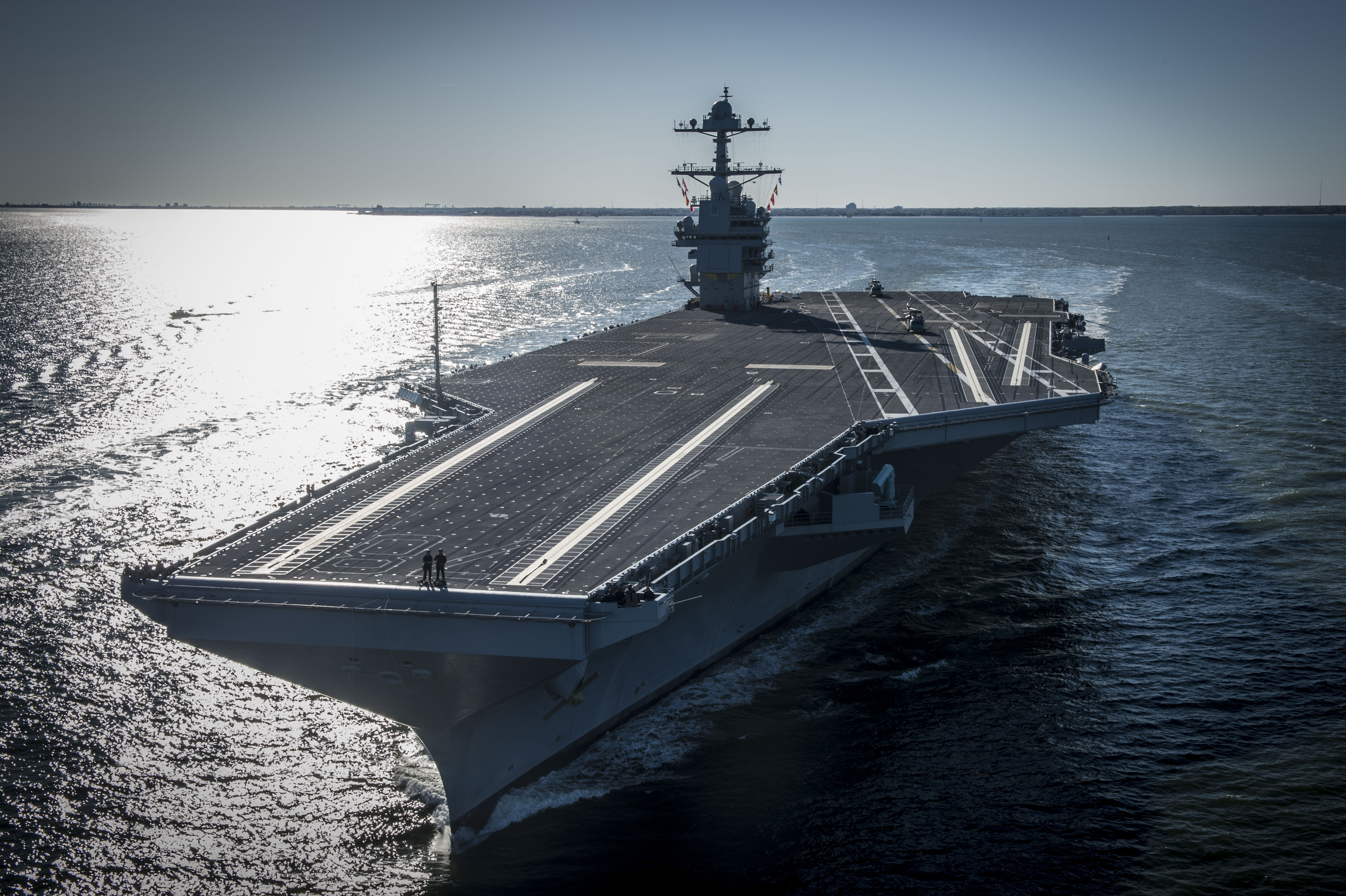
USS Gerald Ford
WASHINGTON: The chairman of the Senate Armed Service Committee said Thursday that the Navy’s struggles getting the weapons elevators working on its newest aircraft carrier “present a dangerous readiness gap” if they were to delay the ship’s deployment.
In a statement to Breaking Defense, Chairman Sen. Jim Inhofe said “further delays on the USS Gerald R. Ford advanced weapons elevators are disappointing-and present a dangerous readiness gap. This is a letdown for our fleet and for the taxpayer, and is why the FY20 NDAA includes stronger oversight for the key systems on the Ford, including the elevators and launch system. We need to get it fully operational as soon as possible.”
The USS Gerald R. Ford, the first hull of a new class of nuclear-powered aircraft carriers capable of launching and recovering aircraft more quickly than the current Nimitz-class carriers, is slated to deploy in 2021. The ships have been designed with a slew of major upgrades that will allow greater networking capabilities, self-protection, and key electromagnetic systems that replace older steam and mechanical systems, designed to reduce maintenance overhead and require fewer sailors to staff.
The one sticking point is that only two of the eleven weapons elevators are currently operational. The ship will still head to sea in October for the next round of sea trials while work continues on the nine elevators, Navy officials say. There is no indication that the current issues will effect the ship’s 2021 deployment schedule.
Speaking to reporters Wednesday aboard the second Ford-class ship, the USS John F. Kennedy, the Navy’s top acquisition official James Geurts said the Ford needs to get underway in October because “we’ve got to train crews and get crews certified, wring out the rest of the ship, and then take all those lessons learned” and put them to work for the rest of the class.
He said that the leap-ahead technologies on the Ford are progressing, and “our strategy of that lead ship prove out all the technologies and then rapidly reduce the time and cost and complexity to get them on follow-on ships.”
Shipbuilder Austal USA names Michelle Kruger as new president
Kruger had been serving as interim president since former chief Rusty Murdaugh resigned last spring.



























